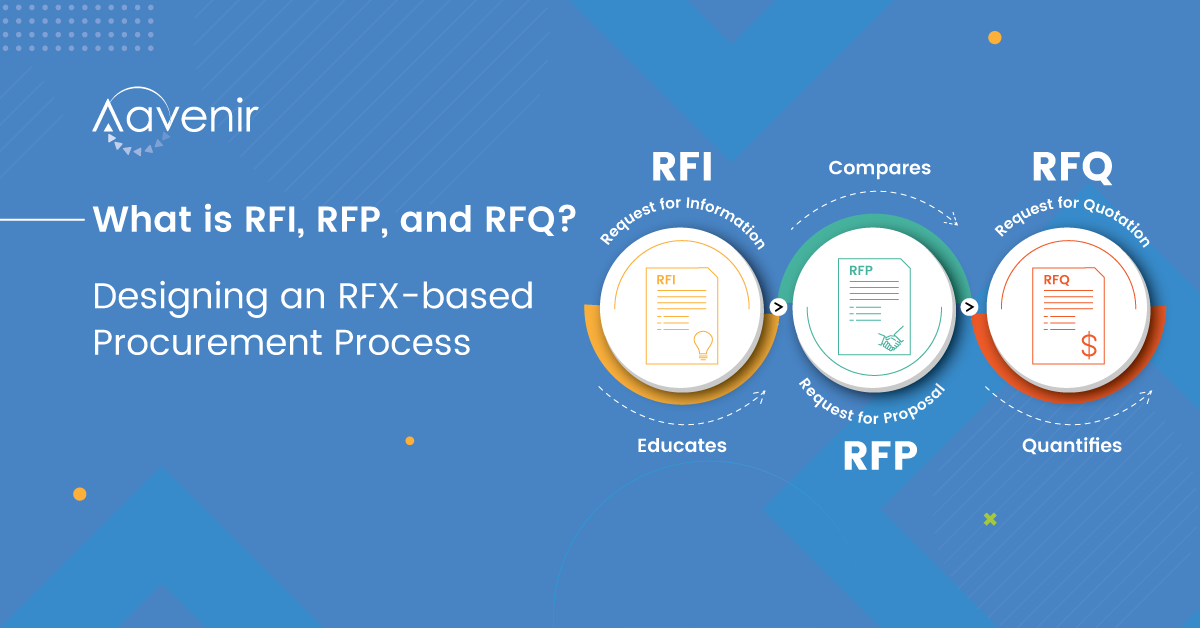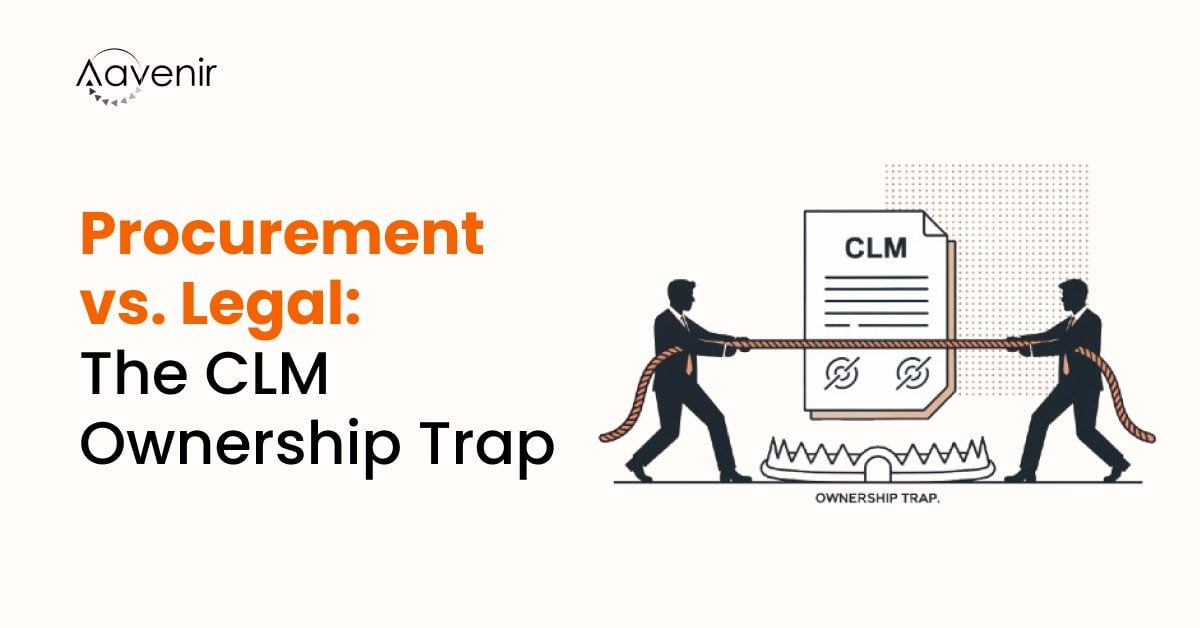24% of procurement leaders said that they could not evaluate suppliers effectively because of incomplete data that affect business ROI in the long run.
As a result, there has to be an efficient procurement solution for any business to support operational requirements and manage the supply base effectively. A well-planned procurement system supports organizational goals and objectives.
Amidst the technological disruptions, innovations occurred in every space, including procurement. Spend management managed to be the hero of the show to date, leading to benefits such as:
- Savings
- Compliance
- Supply risk mitigation
- Spend analysis
- Sourcing executions
- Contract management
Moreover, to streamline the procurement process, understanding the RFX model holds the key. This RFX management cycle has three stages :
- Developing sourcing strategies
- Executing sourcing strategies
- Finalize contract and mobilize supplier
RFx Management Solution – Benefits
- Saves time for the sourcing team
- Manage spending through sourcing
- Offer category-specific sourcing support
- Improve technology adoption
- Enhance saving and compliance
- Access to market intelligence
The world of RFx comprises Request for Proposal (RFP), Request for Information (RFI), and Request for Quote (RFQ). The RFx-to-award cycle is a complex process that takes longer if the RFP, RFI, and RFQ processes of your organization are not streamlined.
Let’s understand the x of RFx-> in detail

These three together form the process of request management. Let’s understand them in detail.
RFI (Request for Information)
This stage collects information from vendors about their products or services based on general queries. It stimulates the business planning process after gathering the required information.
| For instance … An organization decides to set up a new office where the Company will hire 1000 new employees. To ensure smooth business operations, the organization will need to provide laptops, desktops, printers, coffee machines, chairs, desks, and other facilities. There cannot be any compromise on the quality, even on bulk orders. So, should the organization go and shop directly from the market? No. A strict No. This is where RFI comes into the picture. |
Here, RFI helps the sourcing manager with every detail from a pool of export vendors. The process includes:
- Inviting potential vendors to collect information for the complex high-spend purchase.
- Building vendor databases according to the sourcing category.
- Being aware of requirements and market trends
RFP (Request for Proposal)
This formal and structured stage is designed to collect vendor-specific information and pricing. It involves inviting vendors to suggest solutions for the query. In addition, RFP allows a side-by-side vendor comparison.
| For instance – Continuing the above example, After RFI responses/information from vendors related to laptops, furniture, and more, with the data collected, the procurement managers can prepare the requirements as RFP with questions and evaluation criteria to procure the material needed. In addition, the team has to define the exact quantity, quality, budget, and delivery time and go forward to the RFP publish stage. |
The PMO/CPO works with the team to create RFP in the following way:
- Set milestones for the RFP cycle
- State a description of the service/product required
- Use the RFP template with valid questions
- Compare RFP responses from vendors
RFQ (Request for Quotation)
It is a formal conversation between the organization and vendor on the pricing of product/service and payment terms. Considering all the mandatory information is already with the organization, this process comes into play as a final call before purchase. It helps evaluate and award the bid to the vendor with the ability to fulfill your requirements.
Now that you know when to use RFI, RFP, and RFQ in the below scenarios:
- Asking questions from a vendor
- Which one to select for specific or general queries
- Selecting a preferred vendor from the list
- Working with an existing or new vendor
Challenges in the RFx Management Process
The benefits of the best deal and cost-effective strategic procurement are possible only after overcoming the challenges of:
- Reduced juggling of documents
- Multiple emails and multiple formats
- Collating responses from various vendors
- Comparing responses and more leading to RFx-to-award cycles
The solution to these challenges is Aavenir RFPflow.
The advanced ServiceNow based-solution streamlines your source-to-pay process. Aavenir RFPflow is designed to grow your business exponentially from automated workflows to creating data-driven decisions.
Grab the tool to streamline your sourcing strategy process. Book a Demo



